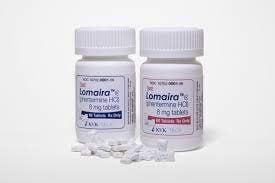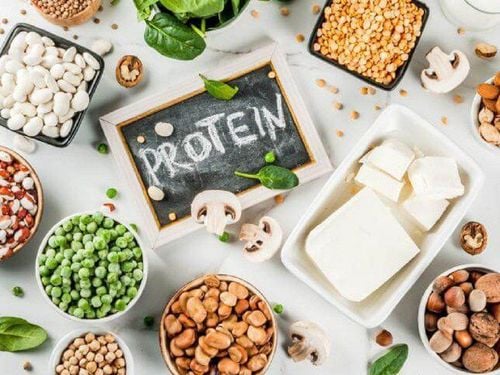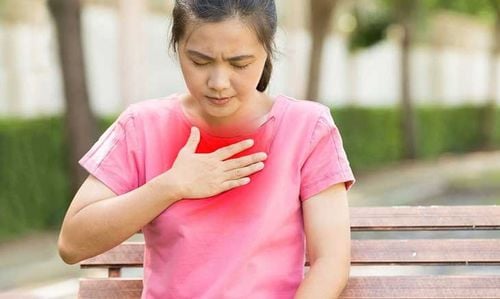This is an automatically translated article.
There are differing views on what constitutes a 'sustainable' food system, a sustainable system that can be seen as covering a wide range of issues such as food supply security, health, safety, affordability, quality, a strong food industry in terms of jobs and growth, and at the same time, environmental sustainability, on issues such as climate change, biodiversity, quality water and soil. In this article, we will provide useful information for you to better understand sustainability and what it has to do with food.1. What is sustainability and what does it have to do with food
Sustainability can be difficult to define as it can have different meanings depending on the context in which it is discussed. Sustainability includes environmental, economic, nutritional and various aspects. This relationship can be observed in the FAO definitions of sustainable diets: A sustainable diet is a diet with low environmental impact, contributing to food security and nutrition. and bring healthy life to present and future generations. Sustainable diets protect and respect biodiversity and ecosystems, are culturally acceptable, accessible, economically fair and affordable, nutritionally adequate, safe and healthy, while optimizing natural and human resources. Sustainability is the enactment of practices that meet the needs of society while protecting the physical foundations for human long-term survival, including the surrounding environment. Humans cannot have a safe food supply unless that food supply is sustainable.Despite the overwhelming scientific evidence linking diet to human health and environmental sustainability, in 2019 however, the EAT-Lancet Committee (a group of 37 scientists) from 16 countries working in the fields of human health, nutrition, economics, agriculture, political science and environmental sustainability) evaluated existing evidence and developed scientific objectives. Global studies define a “safe operating space” for food systems. These goals focus on two key areas that apply to all people and the planet:
Goal 1: Healthy diets Based on extensive research into foods and identifiable dietary patterns healthy, healthy diet with a range of consumption for each food group. Typical food groups include vegetables, fruits, whole grains, legumes, nuts and unsaturated oils, include low to moderate amounts of seafood and poultry, and do not include or low amounts of red meat, processed meat, added sugar, refined grains and starchy vegetables. According to the researchers, the global adoption of this eating pattern will bring many health benefits, helping to significantly reduce the total mortality rate worldwide.
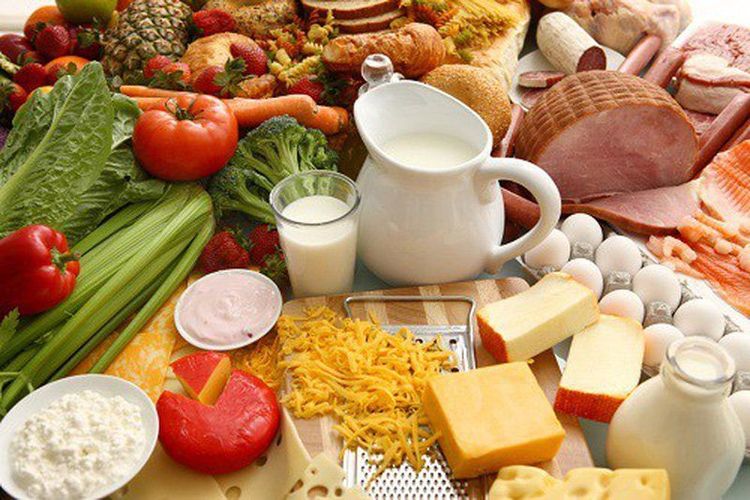
Dựa trên những nghiên cứu sâu rộng về thực phẩm và mô hình ăn kiêng xác định được chế độ ăn uống lành mạnh, tốt cho sức khỏe với phạm vi tiêu thụ cho từng nhóm thực phẩm
Climate change (based on greenhouse gas emissions) Land system change (based on cropland use) Use freshwater, biodiversity loss (based on extinction rates) Nitrogen and phosphorus cycling (based on application of these fertilizers)
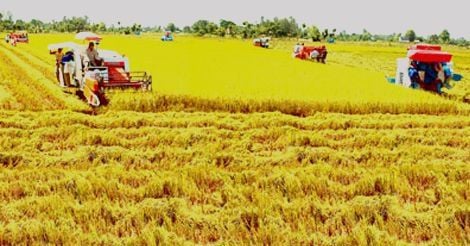
Việc sản xuất lương thực hiện tại đang đối đầu với nhiều thách thức, từ tự nhiên cho đến nhân tạo
2. The importance of sustainability in nutrition
Transitioning to a sustainable food supply system that can provide healthy diets for an estimated 10 billion people by 2050 is not an easy challenge for all of humanity. However, FAO also asserts that fact-based data show that immediate action is critical and that delay increases the likelihood of serious, even catastrophic, consequences. concerning food for all mankind.Fortunately, FAO analyzes suggest that this transition can be accomplished through a combination of significant dietary changes toward predominantly diets based on certain types of food. plant-based foods, significant reductions in food loss and waste, and major improvements in food production. However, that paradigm shift in food supply and storage would not have been possible without a broad, multi-sectoral, multi-level collaboration and coordinated action shaped by scientific goals. specific study. To begin this process, FAO recommends five strategies as a common starting point for change in all countries, regions, cities and localities, including:
Gain international commitment and country to switch to a healthy diet. The transition to healthier diets for people around the world will be based on reducing red meat and sugar consumption in each meal by about 50%, while the foods such as fruits, vegetables, and legumes must double what they are now. In addition, there should be policies to improve the availability, accessibility and affordability of people for healthy foods along with limiting the consumption of these foods. unhealthy and not highly sustainable. Reorienting priorities in agriculture from producing large quantities of food to producing healthy food. Shift the focus in food and agricultural policy from the large number of certain crops to a wider variety of crops with high nutritional value. Promote and commit to sustainable food production to enhance the production of high quality foods. Apply advanced technologies and system innovations to cultivate existing land with lower input costs to deliver better yields while conserving biodiversity and ecosystem services now available.
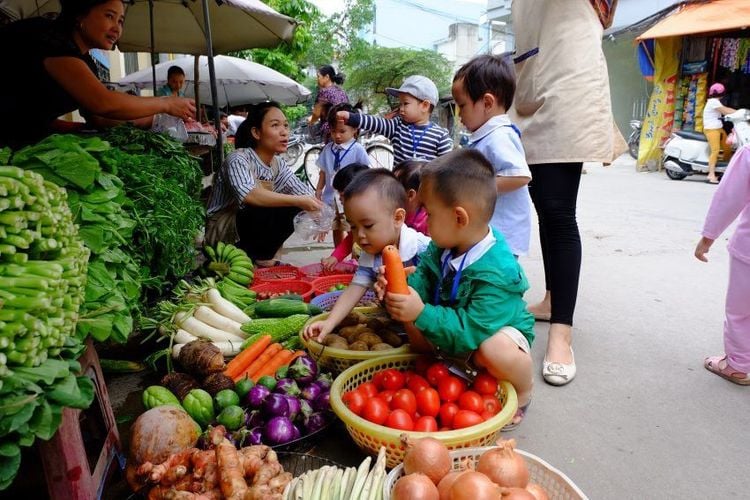
Tăng cường và cam kết sản xuất lương thực một cách bền vững để nâng cao sản lượng các loại lương thực có chất lượng cao
Any questions that need to be answered by a specialist doctor as well as customers wishing to be examined and treated at Vinmec International General Hospital, please contact the Website for the best service.
Please dial HOTLINE for more information or register for an appointment HERE. Download MyVinmec app to make appointments faster and to manage your bookings easily.
Reference sources: hsph.harvard.edu, nutritionsociety.org



